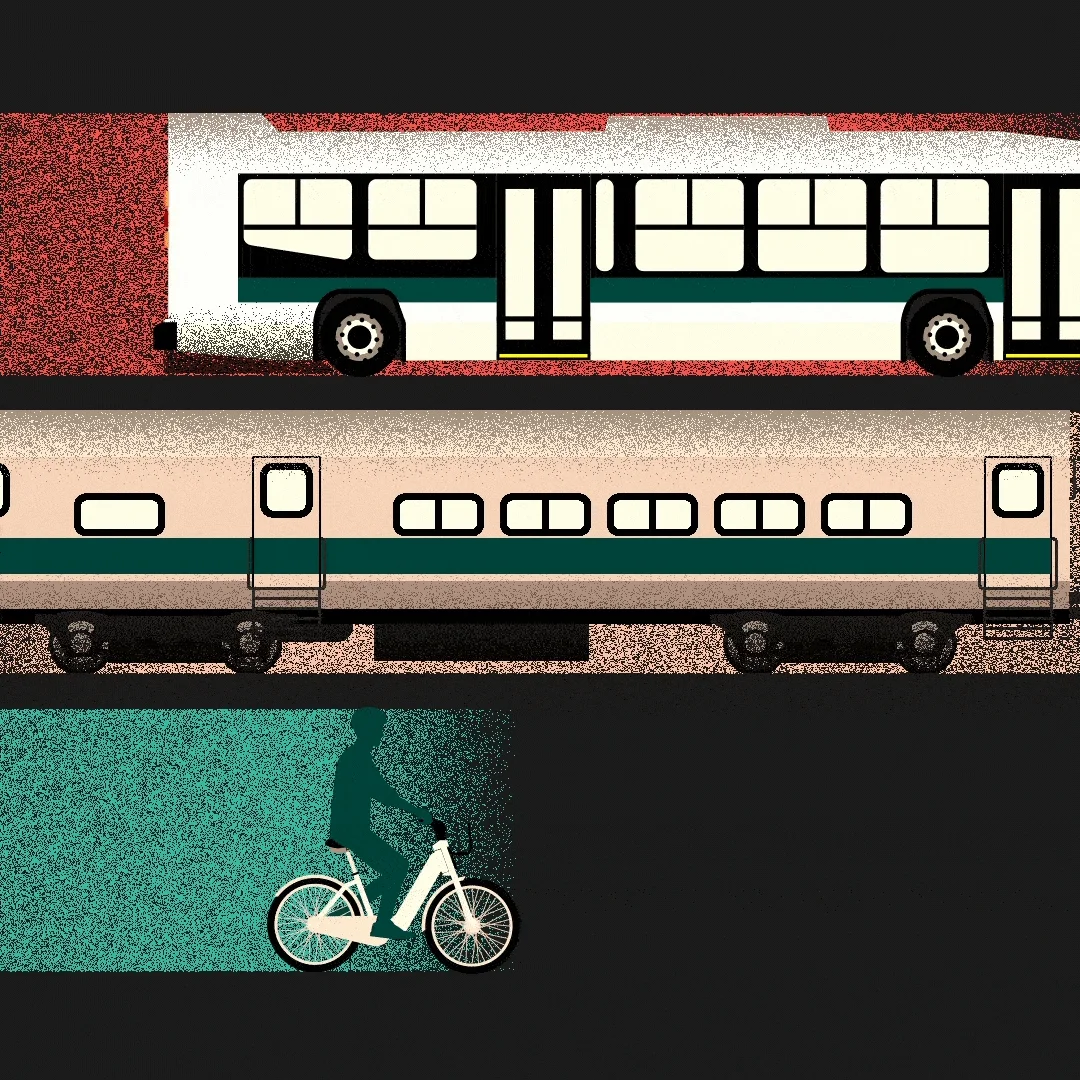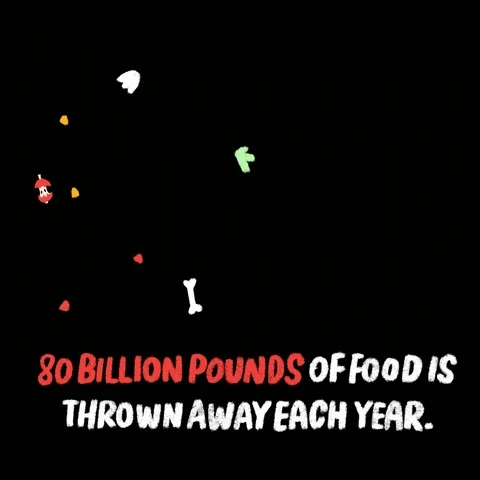
This logo isn't an ad or affiliate link. It's an organization that shares in our mission, and empowered the authors to share their insights in Byte form.
Rumie vets Bytes for compliance with our
Standards.
The organization is responsible for the completeness and reliability of the content.
Learn more
about how Rumie works with partners.
Do you want to be more eco-conscious but feel like your tight budget makes it difficult?
Well, you're in for a big surprise! Being eco-conscious doesn't have to be expensive. Actually, unless you own a yacht, private jet, and mansion, you're already doing a pretty good job!

To continue to reduce your carbon footprint, you can make changes in three key areas of your daily life.
1. Transportation
By now, we're all aware that humans everywhere burning fossil fuels is not the best thing for Mother Earth or us. That's why one of the biggest ways you can live eco-consciously on a budget is to use public transportation.

Were you planning on going for a walk this week as part of your exercise routine? Walk to your closest store for the items you need and take a quick bus ride back.
If you don't live in a walkable city, consider using a bike. You'll get some exercise, save money, and pollute less than if you would have taken a car round-trip.
2. Fashion
Over 85% of the poor-quality, plastic-based clothes we buy ends up in landfills.

To stay eco-friendly while saving some cash:
Audit your wardrobe. Most people only use 20% of the clothes they own 80% of the time. Keep what sparks joy!
Buy used. Look for quality basics at thrift shops, yard sales, or swap meets.
3. Food

Take it home. Ask for to-go boxes at restaurants or bring your own reusable containers.
Read the labels. Learn the difference between "expires by" and "best if used by" labels.
Odd shapes are ok. Understand that wonky-looking, too big, or too small produce is still ok to eat!
Quiz
You're in the kitchen and notice your bananas are getting brown and spotty. You prefer yellow bananas with a touch of green. What should you do with the bananas?
While brown, spotty bananas may not be your preference, the bananas are still edible. Avoid throwing your money away while reducing food waste by turning the bananas into a delicious smoothie, loaf of bread, or pile of pancakes!
Did you know?
Check out this Byte to learn more tips on how to shop sustainably for groceries.
Take Action
It's not easy trying to be green while trying to save as much green money as possible!
Remember, though, you can continue to do your part by avoiding driving as much as you can, revisiting your closet or thrifting, and chomping on some not-so-pretty produce once in a while. Your efforts are appreciated!

This Byte has been authored by
Jessica Bustamante Moreno
LMS Support and Instructional Design Specialist
MS